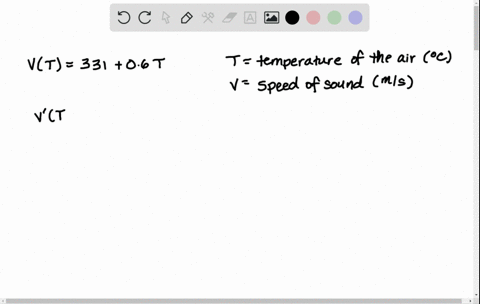
So, boat tail rounds (which have a narrow tip widening to a streamlined base) will be sleeker and faster than round nose bullets. The more aerodynamic the round, the more velocity it can achieve.


While it is the most important, the overall bullet style also affects it. Of course, the caliber isn’t the only factor for bullet speed. It is so fast because, despite being heavy, its caliber allows for a massive cartridge with many propellants. 50 BMG, which travels at an incredible 3,000 fps. The exception here is the biggest round on the list, the. They all have lightweight bullets with large amounts of propellant and, often, slow-burning powders. So, it makes sense why they’d be the fastest overall. We use these small rounds for hunting, long-range sport shooting, and military use. 222 Remington comes out on top with an astonishing 3167 fps, or over 2,150 mph! The fastest bullets (excluding the rimfire 22 LR) are between 5.56 mm and 7.8 mm. Although that isn’t absolute, smaller calibers tend to be significantly faster than larger calibers. We can see these statistics in the table above. I’ve arranged the table by caliber size in ascending order. Keeping this in mind, the table below will help us see the average speeds of different rounds. Because of that, larger calibers of bullets will typically travel slower since the shot is heavier. 22 are all different calibers.Ĭaliber affects bullet speed because it determines the maximum size of the projectile and how much propellant can fit in the cartridge. Caliber is the bullet’s diameter (usually measured in either inches or millimeters) for those not in the know. Caliberīy far, the most critical factor affecting bullet speed is caliber. We’ll focus on those that you can change yourself since you can improve these the next time you shoot. Several factors affect how fast a bullet flies. As we’ll learn later, this speed is pretty slow for a shot. 45 ACP that’s advertised as having a muzzle velocity of 1,100 fps or 750 mph. The most important two are caliber (diameter of the bullet, measured in inches or millimeters) and grain (weight of the shot, measured in grams).

Guns are complex devices, so there’s a lot of other terminology surrounding them that we’ll need to know. This moment is when the cartridge’s propellant stops acting on the round and when it can hit a target. We’ll be using those throughout this article.īullet speed is also typically recorded in mph as the shot’s speed leaving the barrel. However, feet per second (fps) and miles per hour (mph) are the most common American measurements for bullets. You could record the speed in anything from kilometers per hour to yards per minute. Unfortunately, there isn’t one standardized term to refer to speed.


 0 kommentar(er)
0 kommentar(er)
